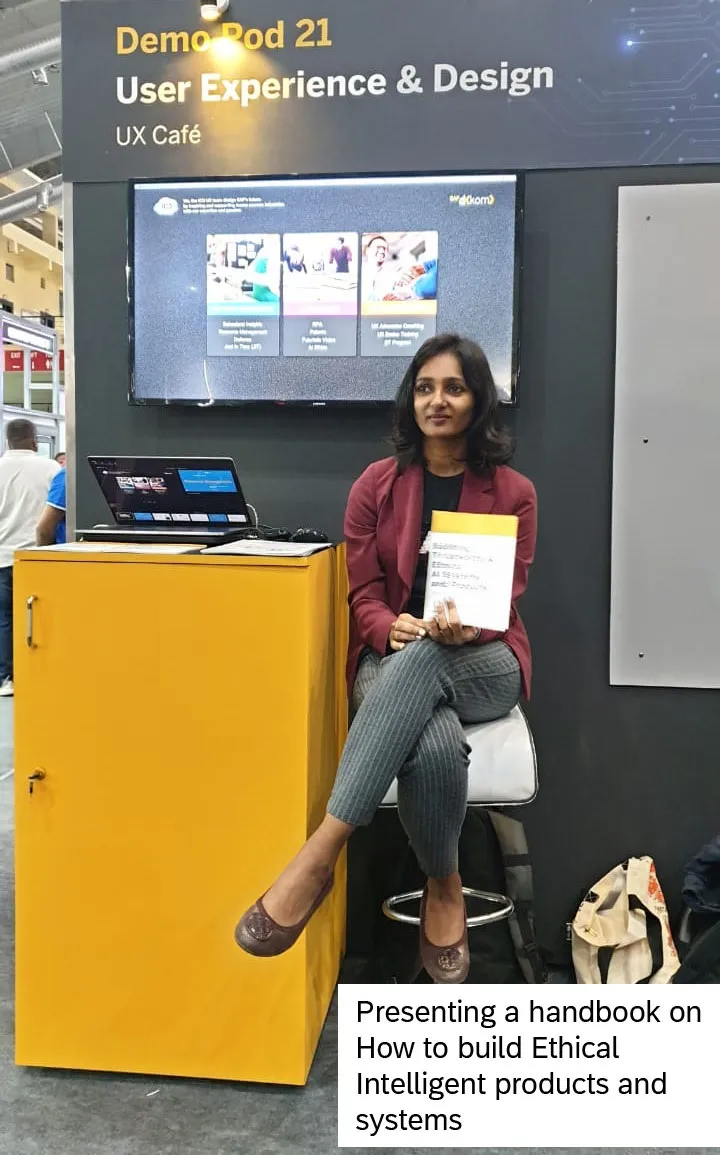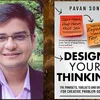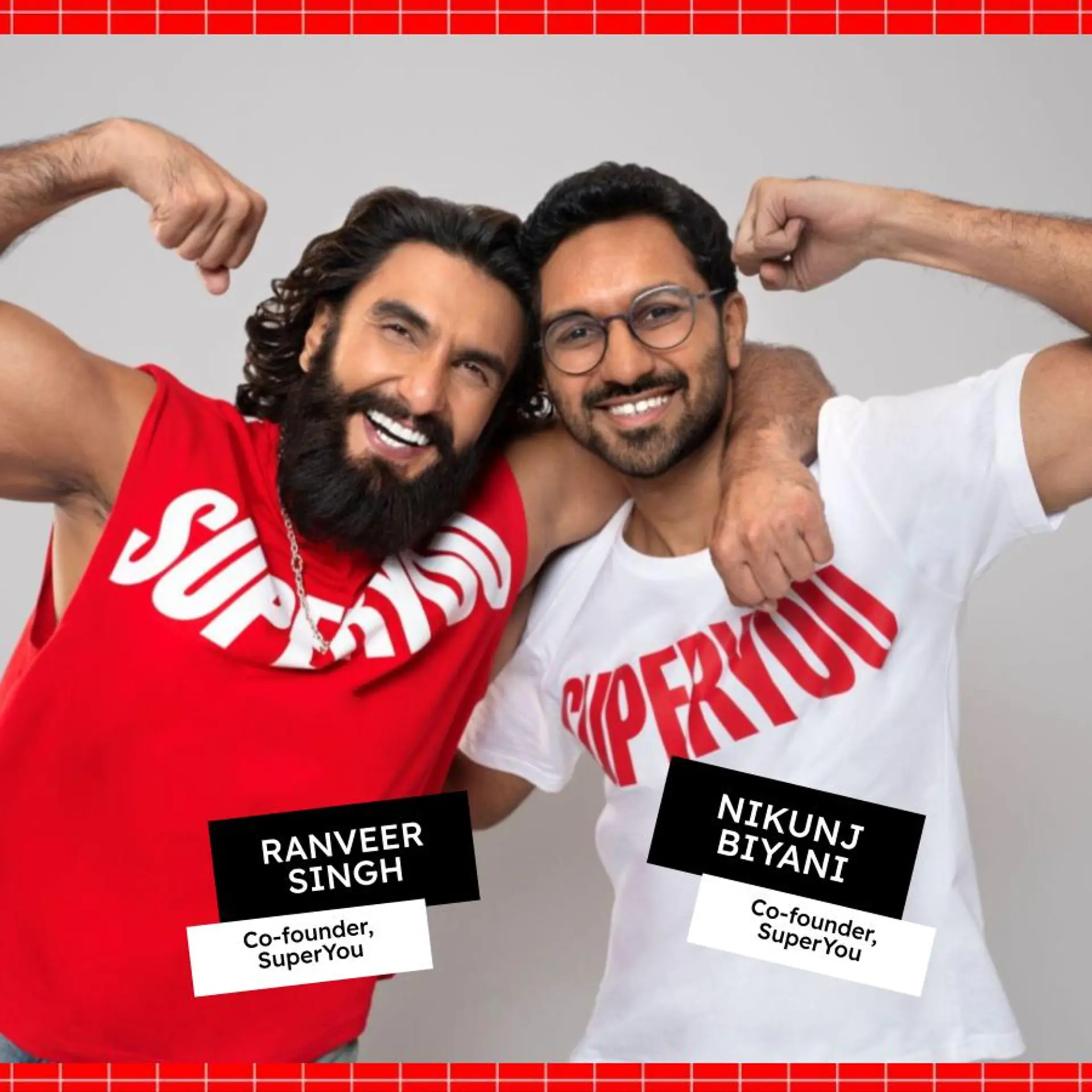From business problems to social impact: SAP’s Aparna Kongot on the importance of design thinking mindsets
In this interview from Intrapreneurship Conclave 2021, we explore key contributions of design thinking, particularly in the pandemic era.
SAP’s Aparna Kongot has 14 years of design experience, with core expertise in designing enterprise products across multiple industries. She has driven several design thinking workshops with customers to help businesses shape their products and processes.
Aparna has published papers, filed patents, and authored a handbook on building ethical and trustworthy machine learning products. She studied electrical and electronics engineering and product design. She also enjoys poetry and believes she has learnt valuable lessons from her pet dachshund, Whiskey!
Recently, Aparna conducted a workshop on design thinking at the Intrapreneurship Conclave 2021. She joins us in this interview on design thinking, online practices, social impacts, and organisational culture.
See Part I, Part II, Part III, and Part IV of our preview series as media partner, as well as our write-up on the 2019 edition and article series on the CII Global Knowledge Summit. See also our d.Zen (Design Zen) section for more resources on design thinking.
Edited excerpts below:
YourStory [YS]: What are some principles of design thinking that have been particularly reinforced during the pandemic? Will they be relevant once we get to the ‘new normal’ as well?
Aparna Kongot [AK]: A collaborative, iterative process combined with human-centred design is integral to design thinking (DT). This will always be the case.
We have found out alternate ways to achieve this due to the restrictions posed by the pandemic. Activities like recruiting users for research via tools like Respondent, conducting collaborative workshops on digital workspaces like Mural, or conducting usability testing and unmoderated surveys via Zoom, will hold value even in the “new normal.”
These are all great alternatives that can ensure that design thinking practices are not compromised due to logistics and infrastructure challenges. And it does feel great not having to store or discard large volumes of paper post-its, which is typical of a real-world DT session!

Aparna Kongot, SAP
YS: How does design thinking differ from design? There seems to be some confusion between the two terms.
AK: Does it differ? With design thinking, the non-negotiable element is listening to the user’s need, and with good design, the non-negotiable aspect is that it has to solve the right problem for the user. This is why many designers consider design thinking as fundamental to their design process.
That said, design has a stronger focus on understanding design elements like scale, space, balance, colours, and composition to create desired experiences. Design thinking focuses on various frameworks or tools that help in delving to the core of the user’s problem, exploring and validating ideas.
YS: What are the commonalities and differences between design thinking and frameworks like agile, participatory design, lean startup?
AK: The mindset of being open to change, valuing what diverse perspectives bring to the table are some commonalities.
Perhaps none of the other frameworks put the users and their challenges at its core at every stage of the product or system’s lifecycle from discovery to testing, as much as design thinking does.
By doing so, there are opportunities to foster long term thinking, study, and solve systemic challenges, be inclusive by identifying the marginalised, and ultimately, make a difference that can go over and above immediate business goals.

Design Thinking framework (image courtesy SAP)
YS: What are some of the key requirements for design thinking activities?
AK: I always say, it is not a design thinking activity if we do not speak to our target users. They are critical to the process.
Very often, we rely on secondary sources in the absence of access to users. It is important to be aware that by doing so, a lot can be lost in translation, and there is a risk of building a solution nobody will eventually use, which can result in a waste of time, effort, and money.
Additionally, empathy for our users, an open mind, and valuing diversity (T-shaped skillsets) are important.
YS: What are the key steps in your design thinking framework?
AK: The key steps are: gaining a common understanding of the problem as a team, conducting user research activities, consolidating findings into a strong problem statement with a focus on users and their needs, brainstorming on ideas, and creating quick iterative prototypes based on feedback from users.
YS: There are many definitions and frameworks of design thinking out there. What makes your framework different?
AK: You can make the same point in many ways. Essentially, design thinking is a structured problem-solving framework that takes the user’s feedback at various points of the lifecycle, and helps to solve it flexibly and iteratively. That is at the heart of every framework.

Frameworks for Design Thinking (image courtesy SAP)
YS: Can you cite a few examples of design thinking in action at SAP?
AK: At SAP, design thinking is a mature and established programme that is driven across locations. The programme ensures that products and teams seeking design thinking guidance are supported by a design thinking coach.
It also trains and ramps up aspiring design thinking coaches. Several products across industries, like oil and gas and the public sector, to just name a couple, have engaged with customers in face-to-face, and remote design thinking workshops.
SAP’s leadership team is a firm supporter of the design thinking activities and have adopted design thinking to constantly innovate as a technology company, and also to enhance SAP’s internal processes in HR, finance, and other core functions.
YS: What are the challenges in doing design thinking in a largely digital environment, during work from home? What are some ways to deal with them?
AK: In a physical space set up, design thinking is practised in day-long workshops where all stakeholders come together.
In the digital set up, sitting long hours in a session is not as effective as it can be tiring, and there can be other distractions. We have found it helps to spread the activity across a few days by dedicating up to two hours each day with some breaks.
Teams can also feel a bit disconnected when working with new people remotely. Design thinking coaches will need to step in and find ways to establish a strong team bonding and take occasional pulse checks on their engagement levels. Warm-up games are always a fun way to break the ice.

Aparna Kongot, SAP
YS: Many of our readers are founders with a largely tech or business background. At what stage should they start deploying design thinking?
AK: Design thinking activities are best triggered at the early stages, as soon as a set of people come together to solve a challenge.
It will help to get the team members to align on the problems to be addressed, each individual’s understanding of the problem, and more importantly, identify gaps of what is still unclear and requires research.
However, if that could not be achieved, due to timelines or other practical constraints, it is still beneficial to validate ideas and prototypes with users to ensure that the time, effort, and costs that go into building the final solution, are justified.
YS: As an organisation scales, how can design thinkers ensure that they get a seat at the decision-making table?
AK: An organisation that invests in design would ideally invest in design thinking as well. As an organisation scales, it is definitely helpful if the top management has an understanding of the necessity of a design thinking programme and invests in it.
If this doesn’t exist, design thinkers may need to proactively reach out to the decision-makers and advocate for the practice. They could even identify strategic issues in the organisation faced by the decision-makers and offer design thinking support to help them experience the value it brings.
Design thinkers will need to be instrumental in setting up a programme that can build a strong community of trained design thinking coaches, who can then meet the demands of a growing organisation. A dedicated programme is important for a growing organisation.

YS: What are some impact metrics (RoI) of design thinking? Can you cite a few examples?
AK: Interesting question. And something I’ve found is not very easily measurable. Some measurable metrics could be related to a growing adoption rate and a steady pipeline of requirements that lead to a successful product vision.
However, these may not be factors that can be measured instantly, especially in enterprise products. Some of the less visible perks are influencing the way people approach problems and develop a more collaborative and open style of working, which can indirectly have a significant impact on innovation.
YS: What are some “maturity frameworks” or steps to assess an organisation’s progress in design thinking?
AK: A progression scale could look like this.
1. Organisations are unaware of design thinking
2. Few in the organisation are aware and practise it with no funding
3. Organisations invests in a company-wide design thinking programme
4. Organisations have the support of top executives, and design thinking is part of company strategy
5. Design thinking is ingrained in the company’s people, processes, and products.

YS: SAP has been remarkable in terms of institutionalising design thinking. What are some of the next steps in the company’s journey in design thinking?
AK: In the past year, one of the activities the design thinking programme has been doing is to support the organisation in continuing our co-innovation design thinking workshops with customers and internal training by making it easy to transition into a virtual mode.
This has been made possible by creating ready-to-use design thinking frameworks using templates in digital workspaces that can be directly used for an upcoming session.
YS: What are some of the common misconceptions about design thinking that you still come across these days?
AK: Design thinking by nature is a collaborative activity that can be quite fun and interactive. Because of that, it can be confused with team-building activities or brainstorming sessions. Sometimes, user involvement is seen as optional too.
YS: How have you approached the learning curve in design thinking?
AK: I got introduced to design thinking when I was pursuing my Masters in design. Additionally, the design thinking coach programme at SAP got me introduced to specific frameworks that I learnt by applying them in several hands-on workshops.
Every time I am part of a design thinking workshop, I learn something new. I believe that practising is the best way of learning. Theory can only take you so far.

YS: What are some good online resources you would recommend on design thinking?
AK: SAP offers training via openSAP for anyone interested in this space. Developing Software Using Design Thinking is one of the training. SAP Training also offers a certification called SAP Certified Associate – Design Thinking.
YS: Much of design thinking is understandably focused on the business sector. Can you cite examples of design thinking in education, government, and the social/NGO sector?
AK: Design thinking workshops are conducted in similar sectors, and it is heartening to see that design thinking is valued by them.
Here are a few examples from my experience alone. Sankara Eye Hospital has looked to design thinking to improve their out-patient experience. Schools like ISB and NID have incorporated design thinking as a problem-solving framework for the student’s projects.
As part of a CSR activity, I have had a one-day design thinking activity with several underprivileged children at a school to understand their future aspirations.
At SAP, we also support public sector projects. With the product team, I’ve driven a week-long design thinking workshop with Mauritius Revenue Authority.
YS: Looking ahead, what are some emerging trends you see in the area of design thinking?
AK: We are living in a world where many of the software applications are becoming increasingly intelligent, where tasks earlier done by humans are now handled by intelligent systems like machine learning algorithms. This can put a whole new perspective on the challenges and aspirations of people, including concerns of unemployment.
Design thinkers would need to be mindful of this aspect and go the extra mile to gain a strong understanding of the impact of intelligent solutions on humanity, help identify the ‘right’ opportunities for machine learning solutions, and finally ensure that the solution still is in the best interests of users.
Likewise, sustainability has become a topic large enterprises are beginning to act upon. Design thinkers would need to ensure the frameworks through which they look at the user’s problem, and also take into account these external factors and their impact.
YS: How can awareness about design thinking be increased in society? Can it be taught in schools also?
AK: Absolutely! Certain schools already have this as a part of their syllabus.
Apart from learning this problem-solving methodology, children will also learn the importance of respecting different views, working in teams, keeping an open mind, dealing with uncertainty and chaos, and most importantly, empathy.
YS: What are your top three tips to our audience on how to be better at design thinking?
AK: Practice makes perfect. Be curious about diverse perspectives. Build empathy for your users.
Edited by Anju Narayanan










